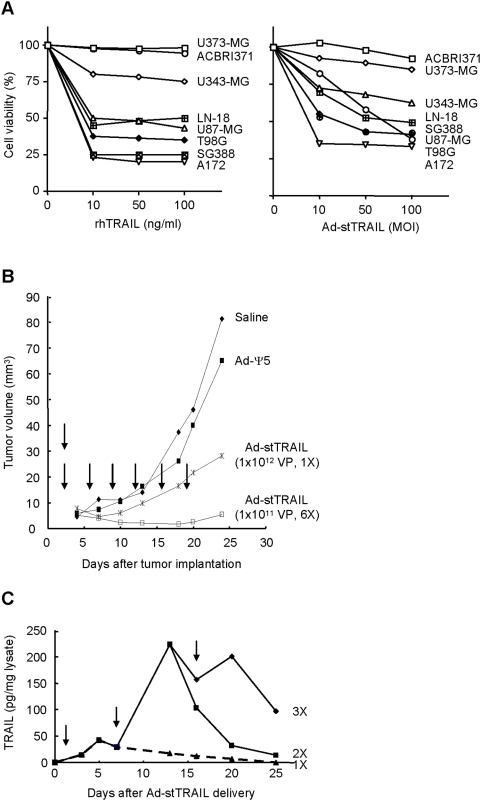Figure 2. In vitro and in vivo Tumoricidal Activity Assessment of Ad-stTRAIL.
(A) Glioma cells, plated in 24-wells, were treated with rhTRAIL (0∼100 ng/ml) or Ad-stTRAIL (1∼100 MOI) and incubated for 48 h, followed by cell viability analysis as described in Materials and Methods . The results represent the mean for five separate experiments. The SE bars were omitted, but were <5% at all the data points. (B) Better tumor suppressor activity by divided low-dosed multiple delivery of Ad-stTRAIL. 1×106 U87-MG cell were implanted to the left flank of 6-week-old SCID mice (Jackson Laboratory) and treated with saline control or different modalities. To compare a single high-dose injection versus divided low-dosed multiple injections in tumor suppressor activity, Ad-stTRAIL was delivered as indicated by arrows (n = 5 for each experimental group; total n = 20). The results represent the mean for the tumor volume. The SE bars were omitted, but were <5% at all the data points. There were statistically significant difference between any of two groups (P<0.05). (C) The expression profile of stTRAIL protein by multiple delivery of Ad-stTRAIL. When the tumor diameter reached 6∼8 mm after implanting U87-MG cells as described in (A), Ad-stTRAIL (1×1012 VP) was delivered once, twice or three times at 7-day intervals. Tumor tissues were isolated and subjected to analysis of stTRAIL protein. The results represent the mean from three mice used for each experimental group. The SE bars were omitted, but were <5% at all the data points.

